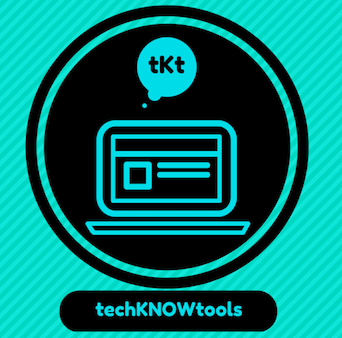In Fall 2011, I was asked to review data collected from a national survey sponsored by The Global Community of Academic Advising (NACADA) and contribute to the chapter on advising technology. The survey posed a few questions about technology in advising, such as assessment of institutional advising types (e.g. online, on-campus, and blended), communication with advisees, and student information management practices. The entire 2011 NACADA National Survey results and chapters can be found in the NACADA Clearinghouse; and my chapter, “Implications for use of technology in advising 2011 National Survey” are available to read online.
One final sentiment I shared in the conclusion, was to push higher education administration to consider how they assess technology in advising as holistic process connected to other campus divisions:
“When assessing technology usage, postsecondary leadership must also consider future significant challenges such as economic pressures and new modes of scholarship (Johnson et al., 2012). Through researching these technological trends and challenges, conducting campus-wide assessments, and establishing strategic plans, advising stakeholders can effectively integrate technology in advising practices that support both advising units and institutional goals” (Pasquini, 2013).
I did include a few recommendations and guiding questions to consider when considering and evaluating technology for advising:
“Many students bring expectations about using technology to campus, and therefore, many institutions participate in community advising approaches in which technological solutions provide seamless support and communication for academic planning and progression. When advising units address the use of technologies for both managing student information and communicating with students, they may impact student support and retention initiatives on campus. Higher education institutions, who deploy technologies for communication and information management, benefit from having both the data and ability to effectively connect to their student populations” (Pasquini, 2013).
What was key from this data analysis, was that the advising and a number of student service providers lack specific information about the WHY, WHAT, and HOW technology is being used in the advising profession. With the 2011 NACADA survey and encouragement from the NACADA Executive Office, development of the 2013 Technology in Advising Use in Higher Education Survey (which is still OPEN FOR RESPONSES until March 4, 2013 at 11:55 pm CDT) was initiated. I hope that this instrument helps us critically evaluate HOW the field of advising IS using technology at colleges and universities around the globe.
In developing this instrument, our working group discovered that, overall, any assessment of technology in advising was lacking. The last time information about advising and technology was collected was circa 2002, and a number of the instrument items are already obsolete (e.g. overhead projectors, Netscape web browser, and Palm Pilots). Needless to say, information about where the advising community and technology stood was missing, and the overarching idea about use, perceptions, and the current state for technology in advising.
Here are the objectives for the 2013 Technology in Advising Use in Higher Education survey:
- Establish what the current use of technology in advising among the advising profession – student management, regular use, applications, software, etc.
- Understand how technology in advising is being used for communication purposes with students, professionals and faculty
- Identify the relevance of technology for advising on a global scale for the advising profession
- Understand the current perspectives and perceptions of how technology in advising is being utilized in the profession today
So far we have 523 responses to the survey. The data collected will help to better inform the advising profession beyond anecdotal assessment, and critically evaluate how technological solutions effectively support our advising practice. Without any real assessment for technology use in advising, how can we determine what direction we should move forward? I hope that survey responses and data analysis can provide some of these answers. More to come…
Reference:
Pasquini, L. A. (2013). Implications for use of technology in advising 2011 National Survey. NACADA Clearinghouse. Retrieved from http://www.nacada.ksu.edu/Resources/Clearinghouse/View-Articles/Implications-for-use-of-technology-in-advising-2011-National-Survey.aspx

